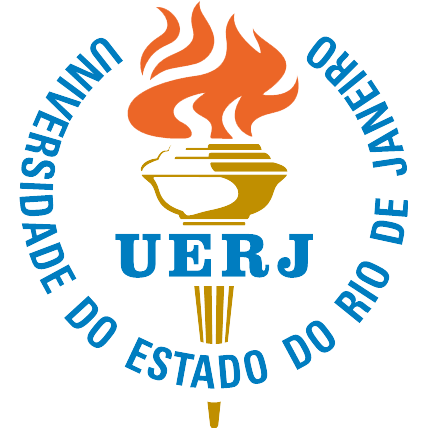Mortalidade neonatal: análise das causas evitáveis [Neonatal mortality: analysis of preventable causes]
DOI:
https://doi.org/10.12957/reuerj.2015.5794Keywords:
Mortalidade neonatal, vigilância, sistemas de informação, causa básica de morte [Neonatal mortality, surveillance, information systems, underlying cause of death] [Mortalidad neonatal, vigilancia, sistemas de información, causa básica de muerte]Abstract
Trata-se de estudo transversal que teve como objetivo analisar os óbitos neonatais de acordo com a Lista de Causas de Morte Evitáveis por intervenções no âmbito do Sistema Único de Saúde (SUS). Foi desenvolvido em Cuiabá-Mato Grosso com dados do Sistema de Informações sobre Nascidos Vivos e Mortalidade do ano de 2010. Do total de óbitos, 81,1% eram evitáveis, dos quais 47,3% por inadequada atenção ao recém-nascido, 21,6% por inadequada atenção à mulher na gestação e 12,2% por inadequada atenção ao parto. Conclui-se que o elevado percentual de óbitos neonatais evitáveis por adequada atenção no âmbito do SUS sinaliza que há, no município, condições desfavoráveis de assistência à gestante e ao recém-nascido que reforçam a necessidade de investimentos na estrutura dos serviços e na capacitação dos profissionais.
ABSTRACT
This cross-sectional study to examine neonatal deaths in Cuiabá against the List of Causes of Death Preventable by Intervention by National Health System (SUS) Services, was conducted with data from the Information Systems on Live Births (SINASC) and Mortality (SIM) for 2010. Of total deaths, 81.1% were preventable, 47.2% were due to inadequate care for newborns, 21.6% to inadequate care for women during pregnancy and 12.2% to inadequate care during labor. The high percentage of neonatal deaths from inadequate care in the SUS shows unfavorable conditions of antenatal and neonatal care in the municipality, underlining the need for investments in service structure and capacity building for professionals.
RESUMEN
Se trata de un estudio transversal cuyo objetivo fue analizar las muertes neonatales según a Lista de Causas de muertes prevenibles por intervenciones dentro del Sistema Único de Salud (SUS). Se desarrolló en Cuiabá, Mato Grosso, con datos del Sistema de Información sobre Nacidos Vivos y Mortalidad en el año 2010. Del total de defunciones, un 81.1% era evitable, entre ellos un 47,2% se debió a atención inadecuada a los recién nacidos, un 21,6% a la atención inadecuada a las mujeres durante el embarazo y un 12,2% a la atención inadecuada durante el parto. Se concluye que el alto porcentaje de las muertes neonatales evitables mediante la atención adecuada en el SUS indica que hay en el municipio, condiciones desfavorables de atención a la embarazada y al recién nacido lo que refuerza la necesidad de inversiones en la estructura de los servicios y en la formación de profesionales.
DOI: http://dx.doi.org/10.12957/reuerj.2015.5794
Published
How to Cite
Issue
Section
License
When publishing in Revista Enfermagem UERJ, the authors declare that the work is their exclusive authorship and therefore assume full responsibility for its content.
Authors retain copyright to their article and agree to license their work using a Creative Commons Attribution International Public License (CC BY), thereby accepting the terms and conditions of this license (https://creativecommons.org/licenses/by/4.0/legalcode.en), which allows material created by the author to be distributed, copied and displayed by third parties. The original work must be cited and present a link to the article available on the website of the journal in which it was published.
The Copyright of the articles published in Revista Enfermagem UERJ belongs to their respective author(s), with the rights of first publication assigned to Revista Enfermagem UERJ, with the work simultaneously licensed under a Creative Commons License CC BY, which allows sharing of work with recognition of authorship and initial publication in this journal.
The authors grant Revista Enfermagem UERJ the right of first publication, to identify themselves as the original publisher of the work and grant the magazine a license of non-exclusive rights to use the work in the following ways:
- Sell and/or distribute the work in printed copies and/or electronic format;
- Distribute parts and/or the work as a whole with the aim of promoting the magazine through the internet and other digital and printed media;
- Record and playback work in any format, including digital media.
In line with the journal's policies, each published article will be assigned a Creative Commons Attribution (CC BY) license.









